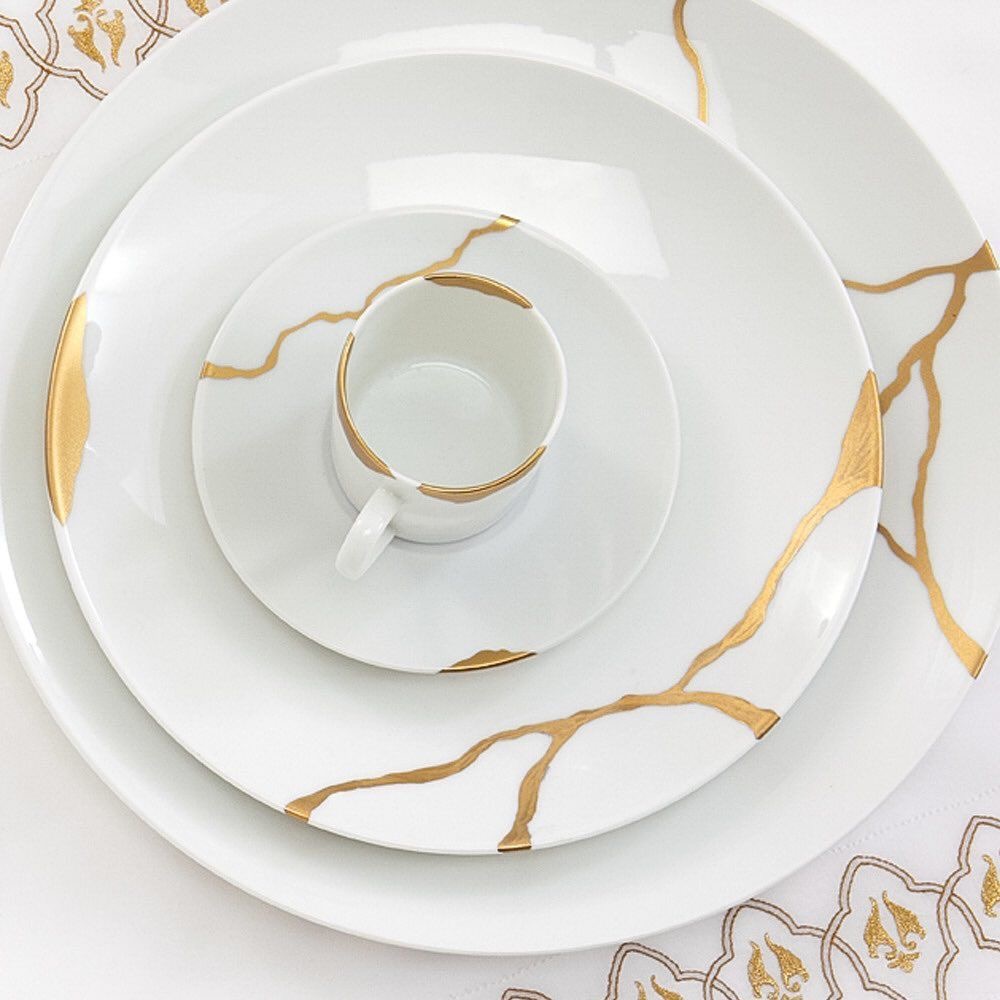Kintsugi & Meditation
General ·Kintsugi is the Japanese art of putting broken pottery pieces back together with gold — built on the idea that in embracing flaws and imperfections, you can create an even stronger, more beautiful pottery piece.
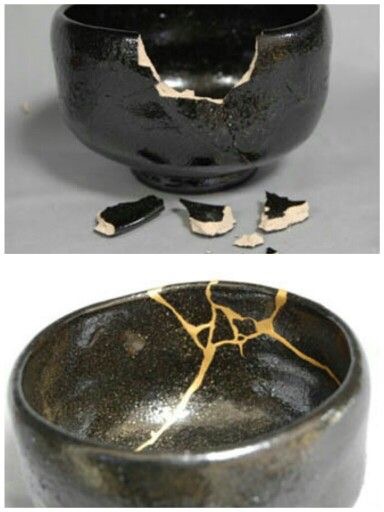
It is said to be reflected in the teachings of Wabi Sabi, the art of acceptance and appreciation of imperfections. A theme that runs through Japanese culture. An early form of aesthetic recycling you might say. Embracing the flawed or the imperfect, less is more and perfection is achieved through bringing into focus what is already present. Every break is unique and instead of repairing an item like new, or throwing it away, the 400-year-old technique actually highlights the “scars” as a part of the design.
The Metaphor
Kintsugi is also a metaphor for healing ourselves. As author Candace Kumai writes: “It teaches us an important lesson: Sometimes in the process of repairing things that have broken, we actually create something more unique, beautiful and resilient.”
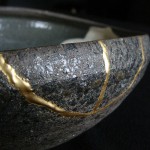
We go through life with its many ups and down. Sometimes events are shattering to our sense of self. The death of a loved one, the breakup of a relationship, a life threatening illness, the loss of a business or job. Yet in healing, Kintsugi shows us that, through the healed cracks, shines the golden light of our souls. And we are stronger. Especially strong where the crack occurs because there is some sense of resting on that light. That somehow we can’t be touched or hurt in the same way. We have become stronger for the experience as painful as it was.
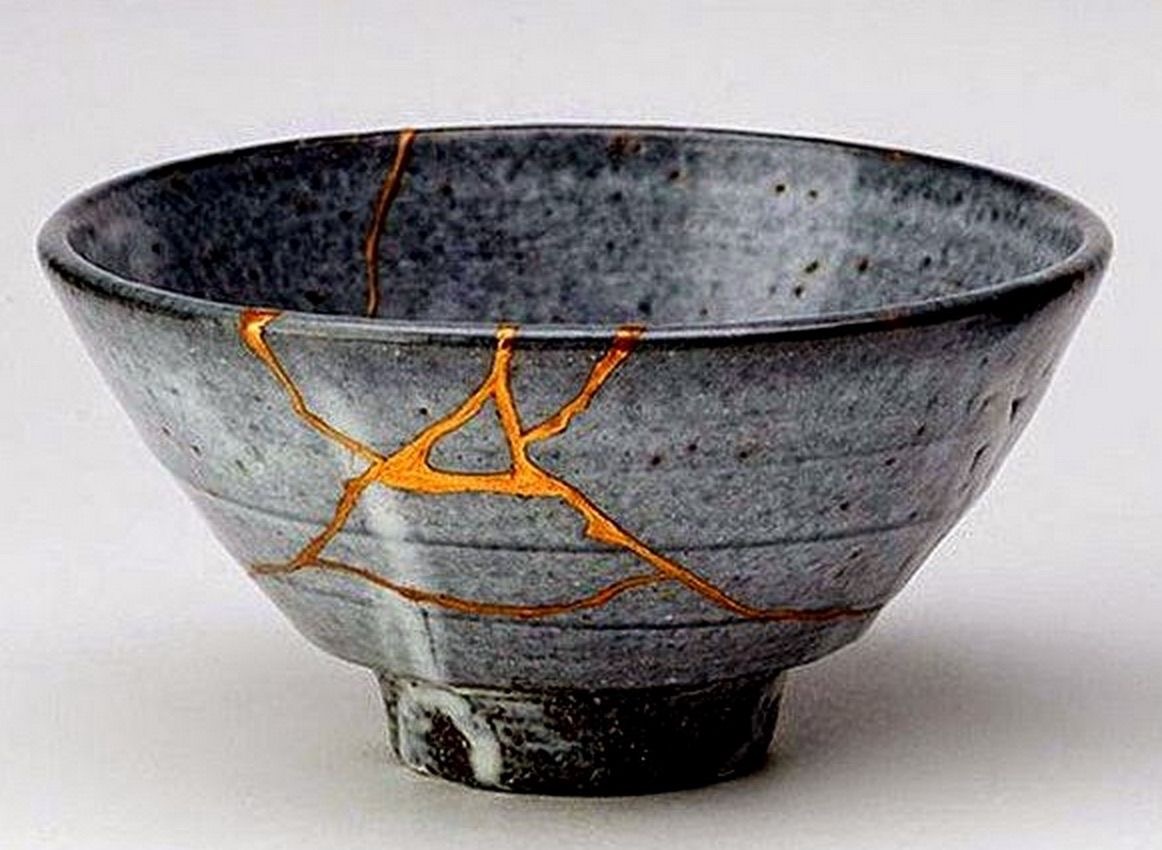
Rumi, the great Persian poet sums it up when he says: “The wound is the place where the light enters you.” Kintsugi embraces authenticity and imperfections, highlighting rather than hiding scars. It celebrates these imperfections as part of the pottery’s history, rather than it’s end. In the practice of kintsugi, you create a stronger, more beautiful piece of art.
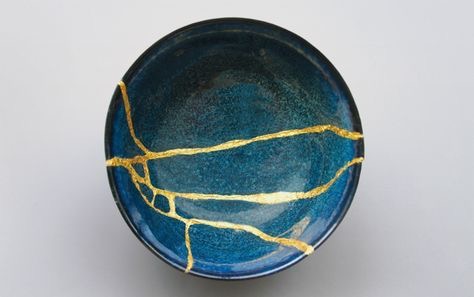
The Practice
So in meditation, we seek direct experience of our inner light. Rather than inadvertently discovering it through crisis and it’s attendant healing, meditation is the path that takes you ultimately to your light. The closer we align to that light: body - mind - Higher Self, moves into harmony with that ineffable light. And we become stronger.
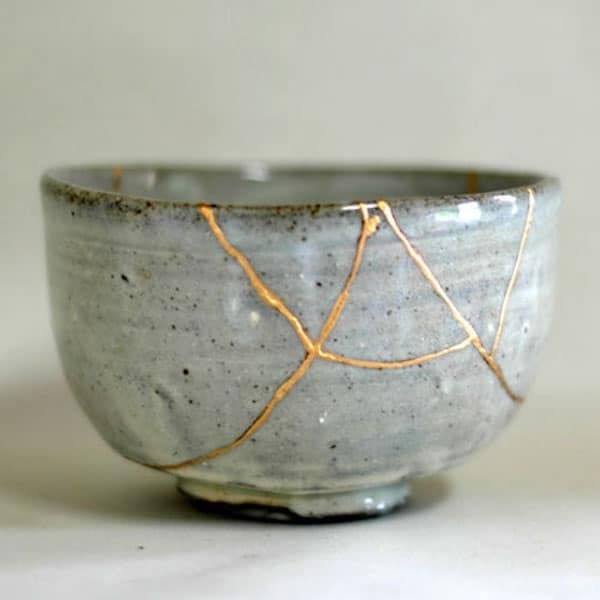
In meditation, having experienced a trauma of some sort, sit with the emotions, holding them, just as you might hold an object in the palm of your hand, you study, reflect on, feel the emotions. Stay present to the emotion but do not let yourself be consumed by the emotion. As you stay present to the emotion, there is an opening, a lessening of the pain. You may have to become more peripheral in your holding of the emotions to keep feeling it.
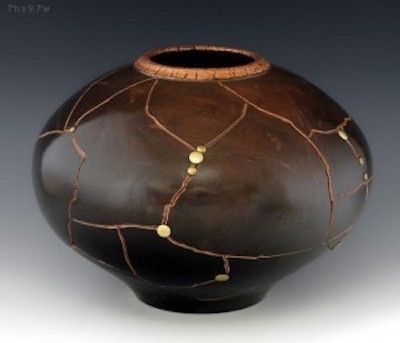
The Experience
The sense of emerging into a bigger part of yourself will occur the more you persevere. And then comes the light. Feeling held, feeling loved. Feeling like you are in harmony and complete. Feeling other aspects of yourself. Keep repeating this as often as you need while the trauma remains to the forefront of your awareness. Do not use meditation or any of the usual tricks (alcohol, drugs, sex, etc) to avoid or minimise the pain. This is how the vessel is mended. How you find a new strength inside yourself. How the light is able to shine through the cracks. How healing takes place.
